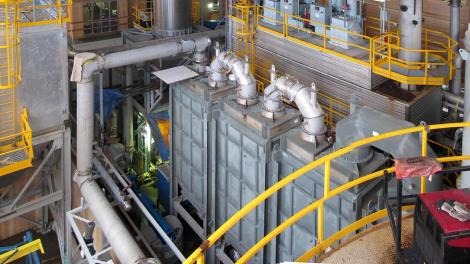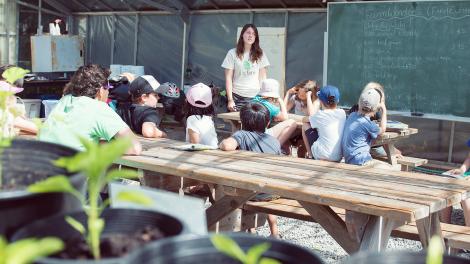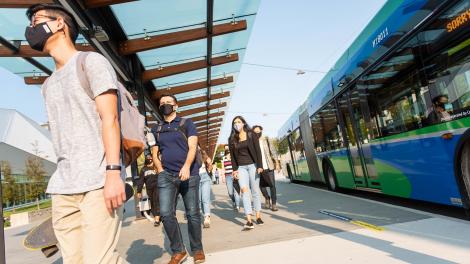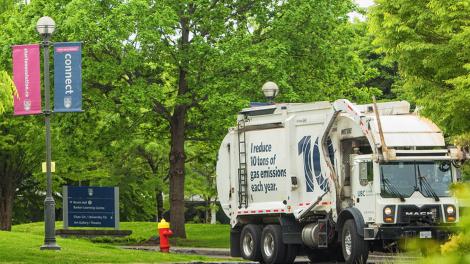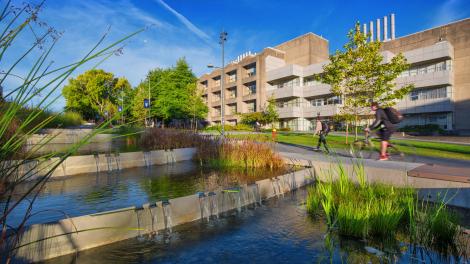As a globally renowned university and as British Columbia’s largest university across both campuses, UBC is a daily destination for students, staff, faculty, visitors, and residents. When classes are in session, the Vancouver campus sees a population of up to 80,000 people per day. This means that how people commute to and from campus is a critical consideration of the university’s environmental impact.
In 2019, 56% and 43% of all trips to and from the Vancouver and Okanagan campuses were made by sustainable modes of transportation. In 2020 as a result of COVID-19, this proportion fell to 32% at UBC Vancouver, but remained at 43% for UBC Okanagan.
Trips Per Person
This dataset contains information on transportation to and from UBC Vancouver, including the percentage share of all transportation modes. Data on transportation has been recorded every Fall since 1997. Single occupancy vehicle (SOV) trips per person have declined by 61% since 1997, and dropped 38% between 2019 and 2020 as a result of the COVID-19 pandemic.
In recent years, efforts to reduce SOV trips have included new RapidBus services, SkyTrain advocacy, a Vanpool partnership with Translink and Modo, ride-hailing services, and a reduction in the commuter parking supply of approximately 25% vs. 1997. Over time, surface parking lots at UBC are being discontinued and replaced with buildings or recreational areas.
Current Performance
Related plans and reports
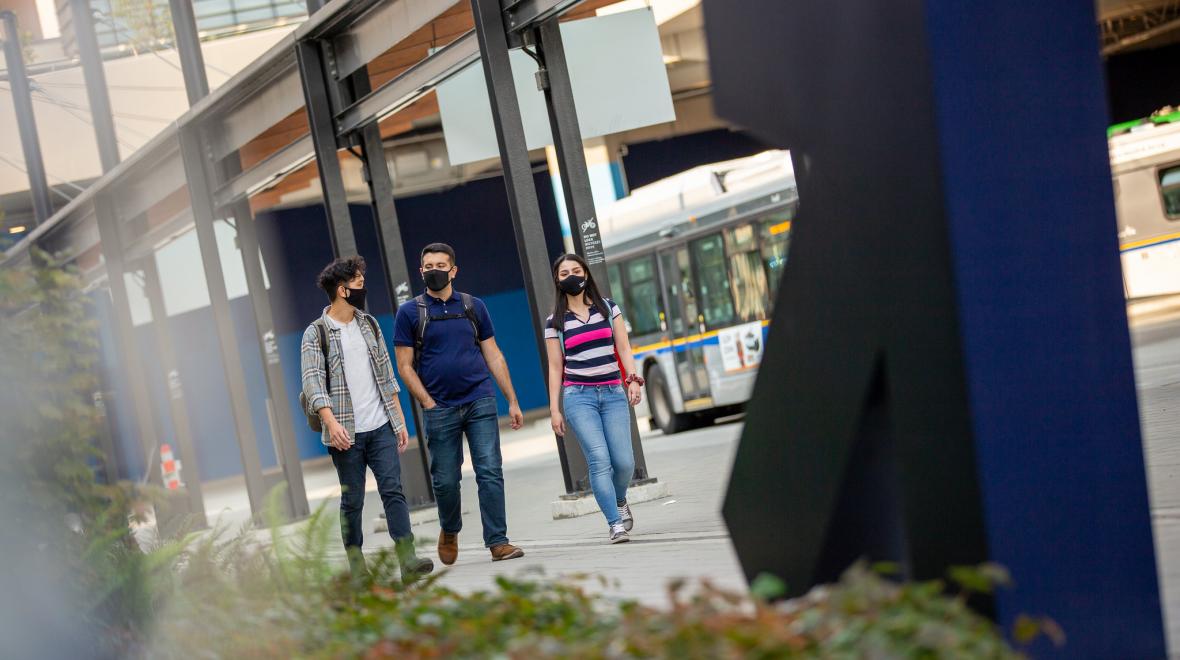
UBV Vancouver Transportation Plan
The UBC Transportation Plan outlines the direction of transportation goals, policies and projects on the ground at UBC. This Plan also commits to actions aimed at improving the experience getting around campus.
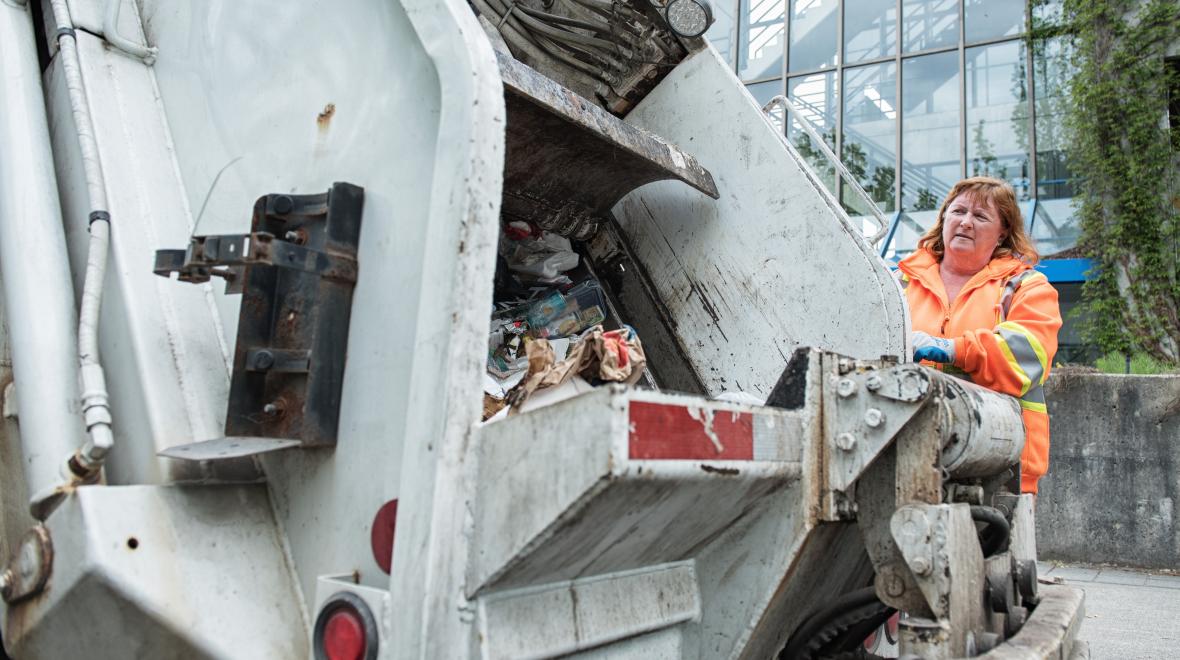
UBC Okanagan Transportation Plan
The UBC Okanagan Transportation Plan is a high-level roadmap for meeting the transportation needs of the UBC Okanagan community through 2040. It describes the University’s Vision for the future of transportation at UBC Okanagan and articulates related objectives, targets, strategies and actions.
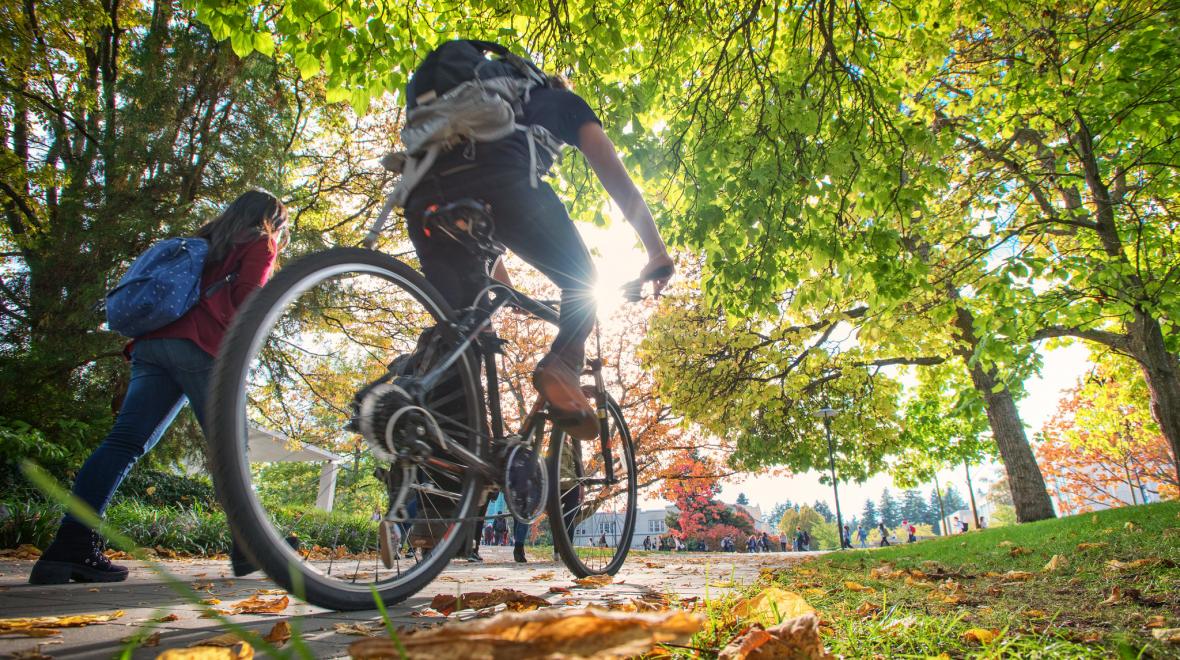
UBC Vancouver Transportation Status Report
The annual Transportation Status Report presents the most recent data which UBC has collected on transportation patterns and statistics. The report provides a picture of overall travel trends, as well as details of travel patterns for each mode of transportation. Data are also provided regarding on-campus transportation conditions.
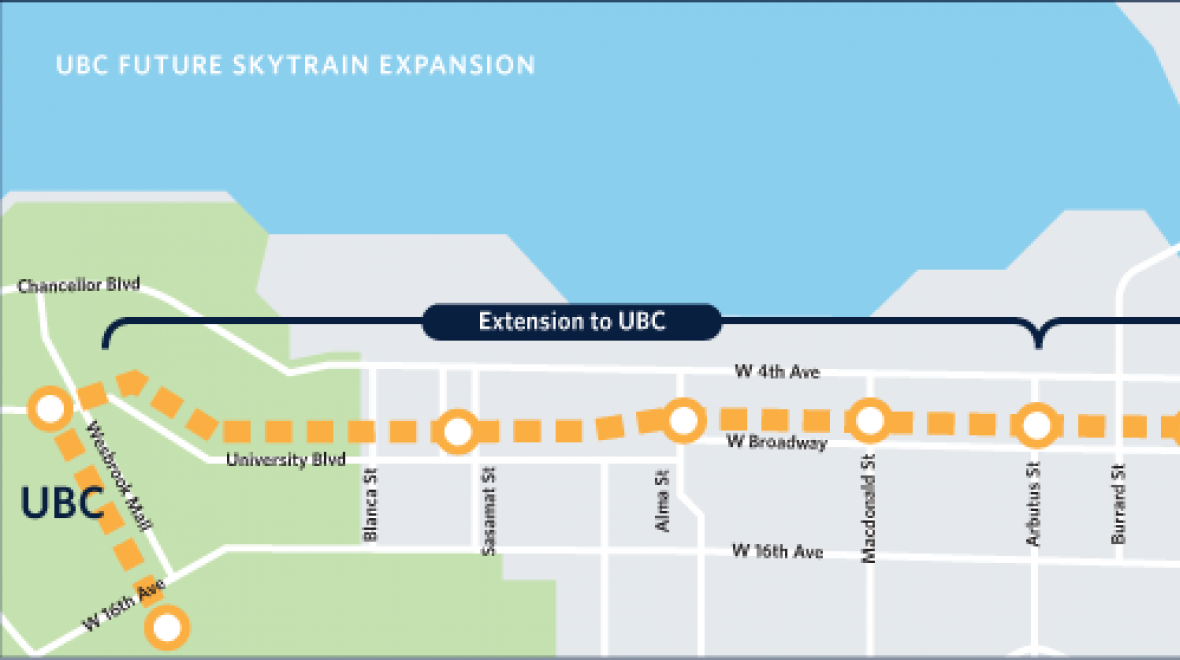
Skytrain Extension to UBC
UBC is advocating for the SkyTrain to be further extended to the Vancouver campus, rather than have UBC-bound passengers transfer to buses at Arbutus for many years. The university is committed to exploring, along with external partners, a financial contribution towards the regional share of this project.
In depth
Transit essential for a growing campus
Increasing transit accessibility and affordability is a goal that UBC continues to strive towards. In 2003, transit trips to and from the Vancouver campus surpassed trips made by single occupancy vehicles. As a result of past and ongoing projects, public transit continues to be the dominant mode of transportation for the students, staff, and faculty at UBC.
Since 1997, the year that data collection started on transportation at UBC Vancouver, the campus population has increased from 42,300 to 73,300 in 2020. A growing campus population in the face of an urgent need to act on climate change means that pursuing innovative transportation solutions is an ongoing priority for UBC.
In late 2019 UBC signed a historic agreement, the Memorandum of Understanding, with the Musqueam, Squamish, and Tsleil-Waututh Development Corporation (MST-DC) and the City of Vancouver (COV). Through the agreement, the three organizations will push for federal, provincial, and regional support and funding for the SkyTrain Millenium Line extension to UBC’s Vancouver campus.
In 2021, the federal Government of Canada announced that it will fund up to 40% of eligible costs toward future planning and business case development of the extension. The extension would increase affordability and accessibility to UBC while reducing environmental impacts and overcrowding along current bus lines. It is estimated that the extension would remove over 2,000 vehicle trips per day, reducing over 300 kilotonnes of air contaminants and GHG emissions in the next 35 years.
To learn more about transit options at UBV Vancouver, check the latest information from Campus+Community Planning.
Featured Datasets
Here are some of the datasets available for Transportation from our online sustainability data portal.
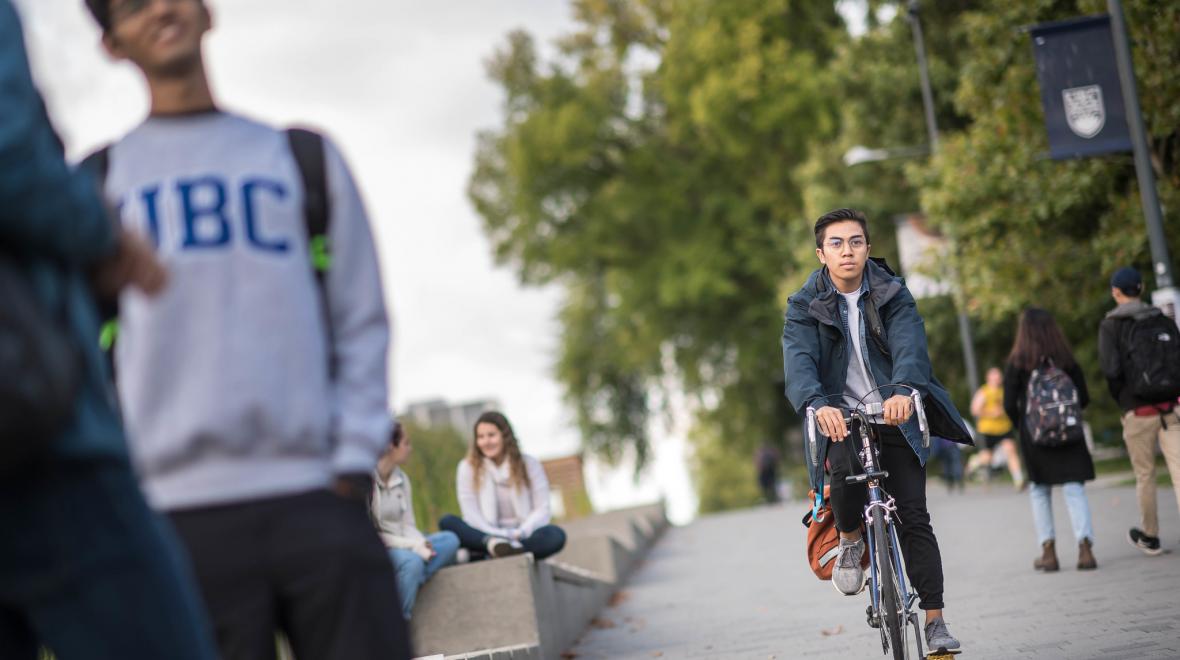
Transportation Mode
Period: 1997-2023
Campus: UBCV
Interval: Annual
Last updated: 17-10-24
Transportation All Motor Vehicle Traffic by Route
Period: 1997-2023
Campus: UBCV
Interval: Annual
Last updated: 17-10-24
Campus Population and Floorspace
Period: 2010-2023
Campus: UBCV, UBCO
Interval: Annual
Last updated: 11-10-24



